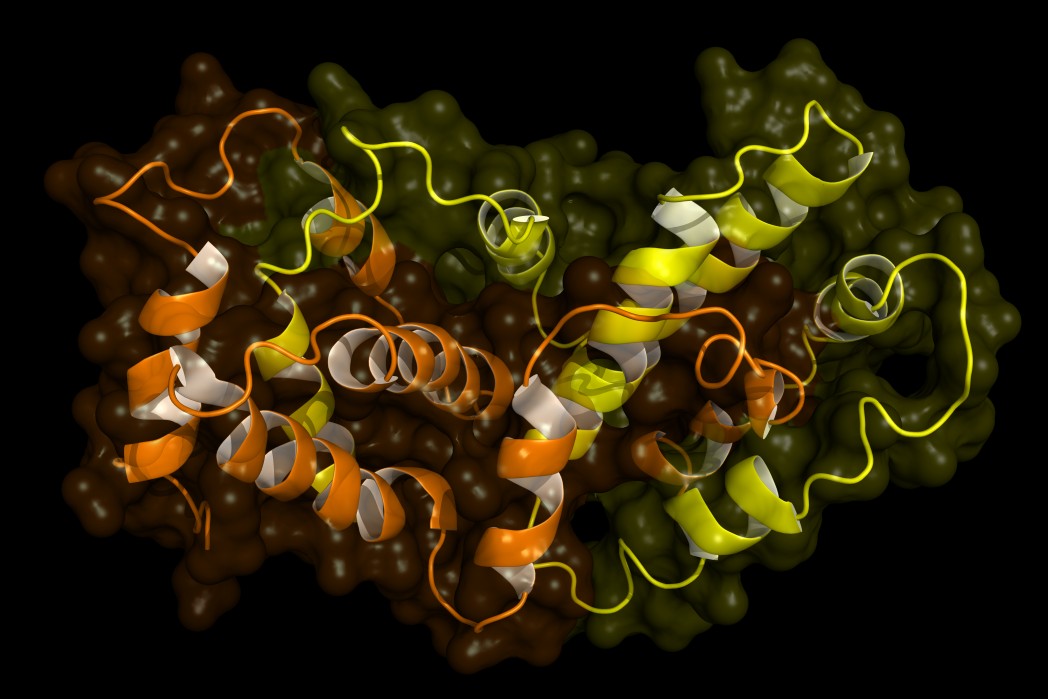Production of Abnormal Protein Form Linked to Pathogenesis of C9orf72 ALS Mutation

A new study published in the journal Neuron, conducted by Helene Tran, Ph.D. and Fen-Biao Gao, Ph.D., from the University of Massachusetts Medical School, provides insights in the pathogenic consequences of the most common genetic mutation causing ALS (Amyotrophic Lateral Sclerosis).
ALS is an incurable and rapidly progressive neurodegenerative disease. It is characterized by the gradual degeneration and ultimately death of motor neurons, nerve cells in the brain and spinal cord responsible for muscle control and voluntary movement. ALS cases are divided in sporadic disease, not associated with familial history, and inherited disease. Familial ALS represents 5 to 10 per cent of all ALS cases, about 40% of which are associated with a mutation in the C9orf72 (chromosome 9 open reading frame 72) gene. This genetic variation is known to result in two possible pathogenic events that could be associated to neuron death: accumulation of RNA in the cell nucleus and generation of insoluble dipeptide repeat protein aggregates.
The study, developed by the University of Massachusetts scientists and funded by the ALS Association, significantly contributes to the understanding of the harmful consequences of the mutation and, specifically, which of the two outcomes directly contribute to the disease. The results indicate that RNA accumulation has no direct involvement in neuronal death. On the other hand dipeptide repeat proteins were found to affect nerve cell survival, by significantly damaging motor neurons. A correlation between temperature-related increase in toxicity and increased production of these proteins also suggests such conclusions. Importantly, experiments performed in fruit flies revealed contrasting results with at least one other study which found RNA accumulation to be involved in the pathogenesis of the gene and on-set of ALS. Understanding the pathogenic consequences of the mutation, which leads to neuronal damage, will be invaluable for the development of future therapeutic decisions.
“It will be important to understand whether the differences in mechanism suggested by this group of new studies are due to differences in the models used in each or are pointing toward multiple toxic effects at work at the same time in the disease”, Dr. Lucie Bruijn, Ph.D., M.B.A., Chief Scientist for The ALS Association, stated in a news release.






